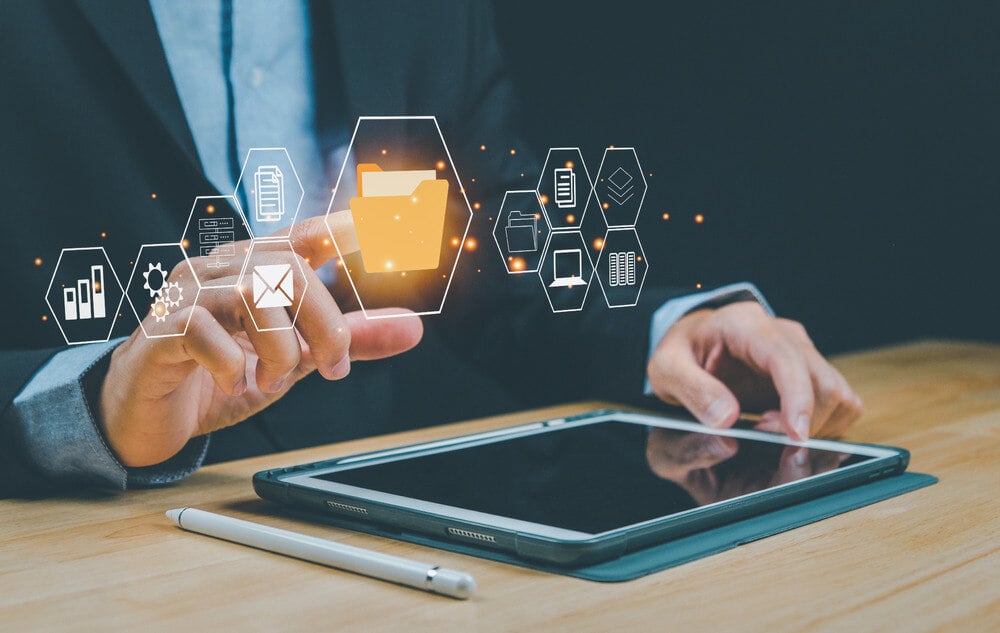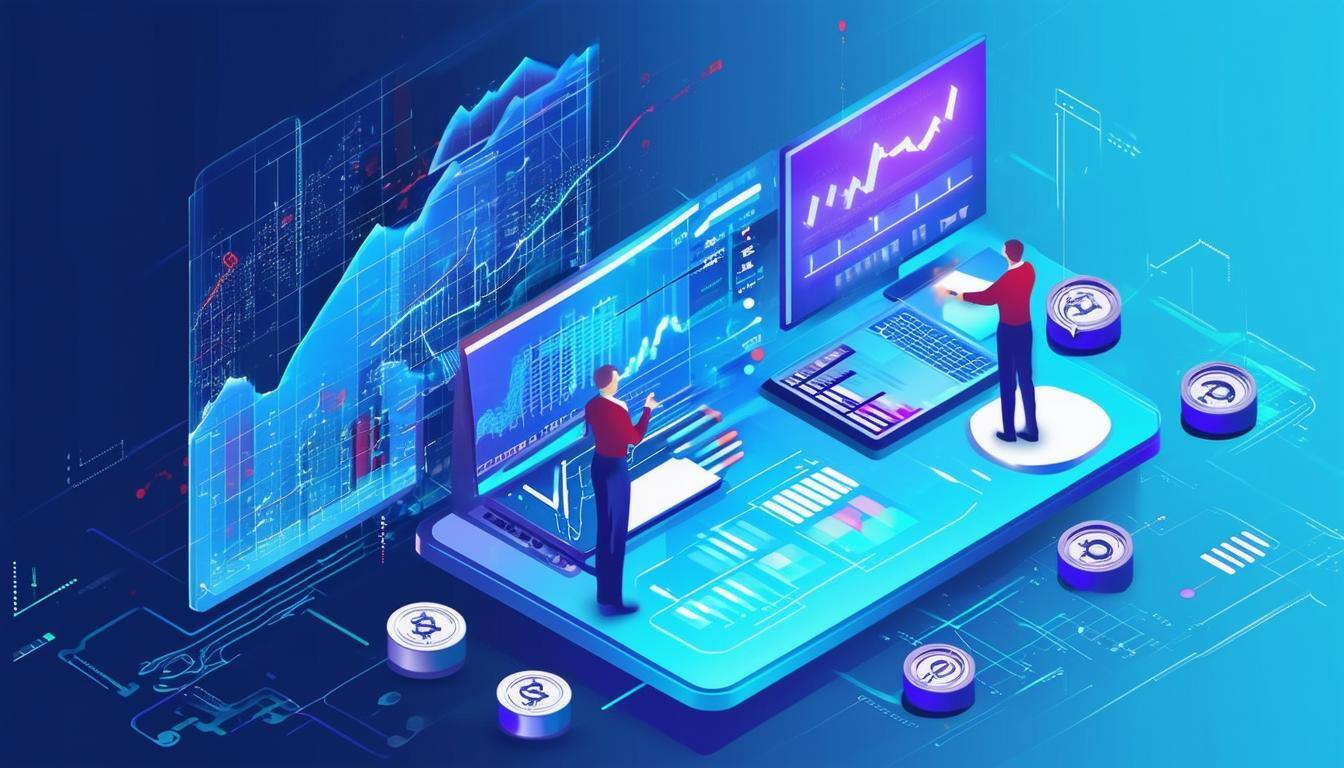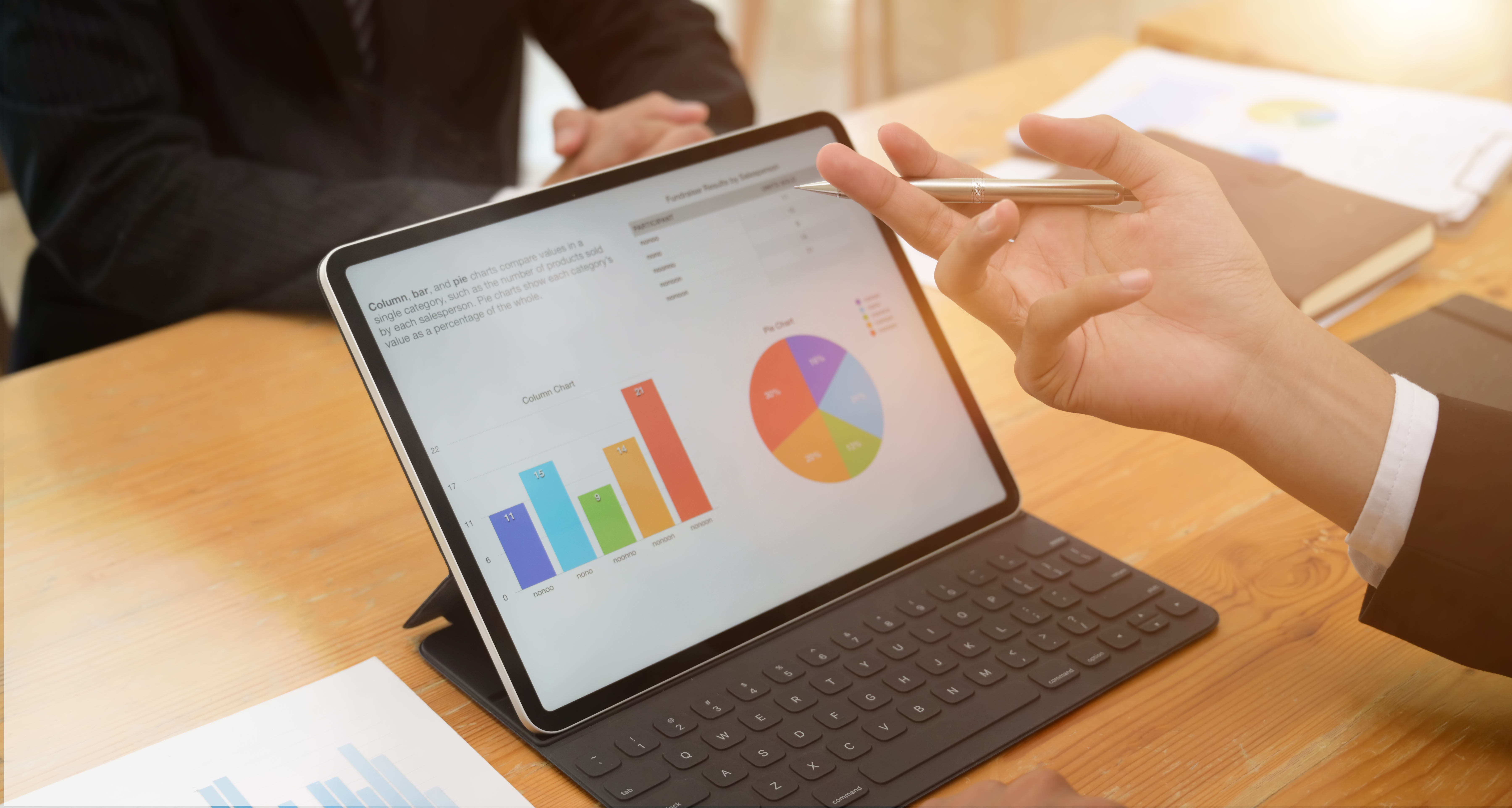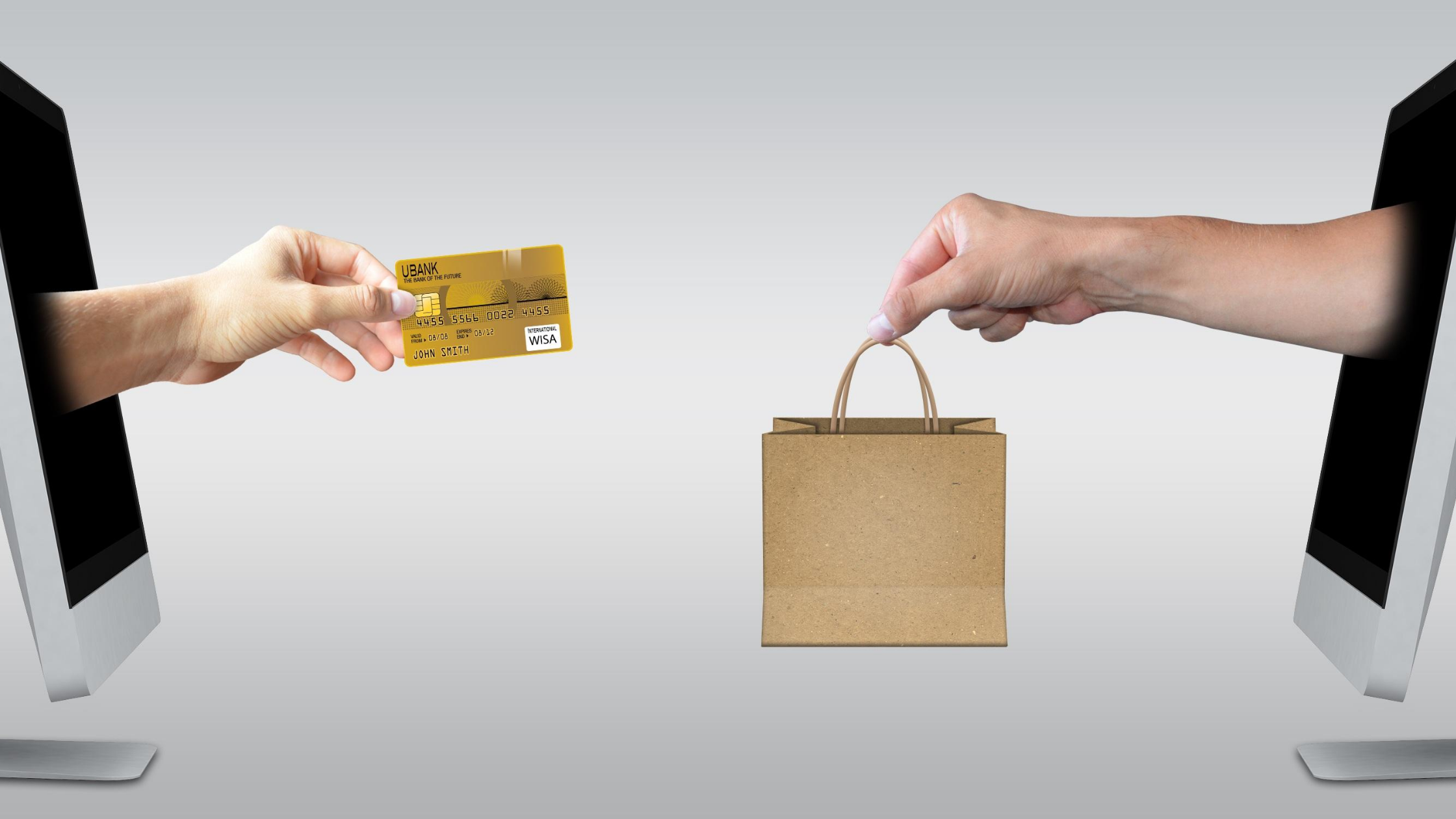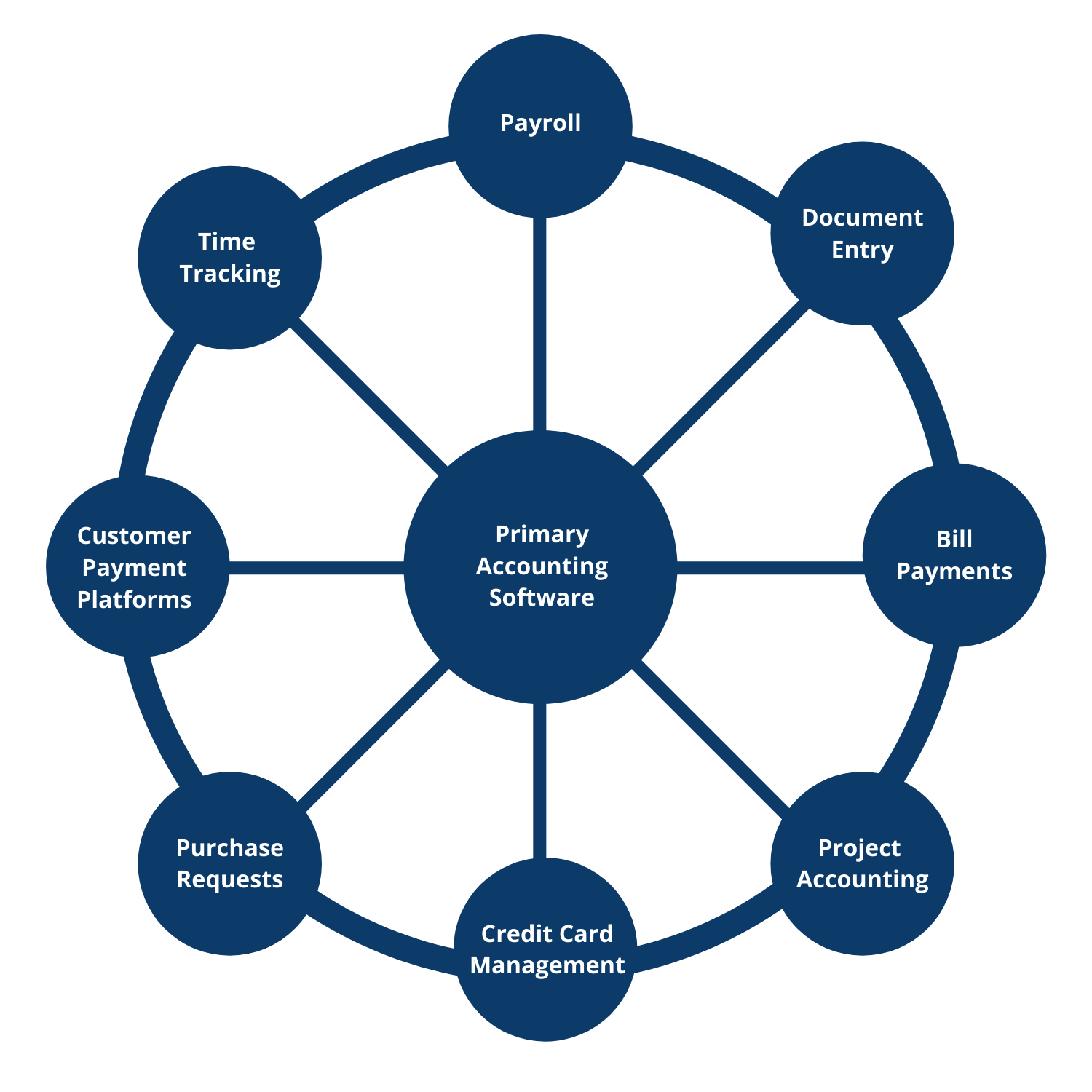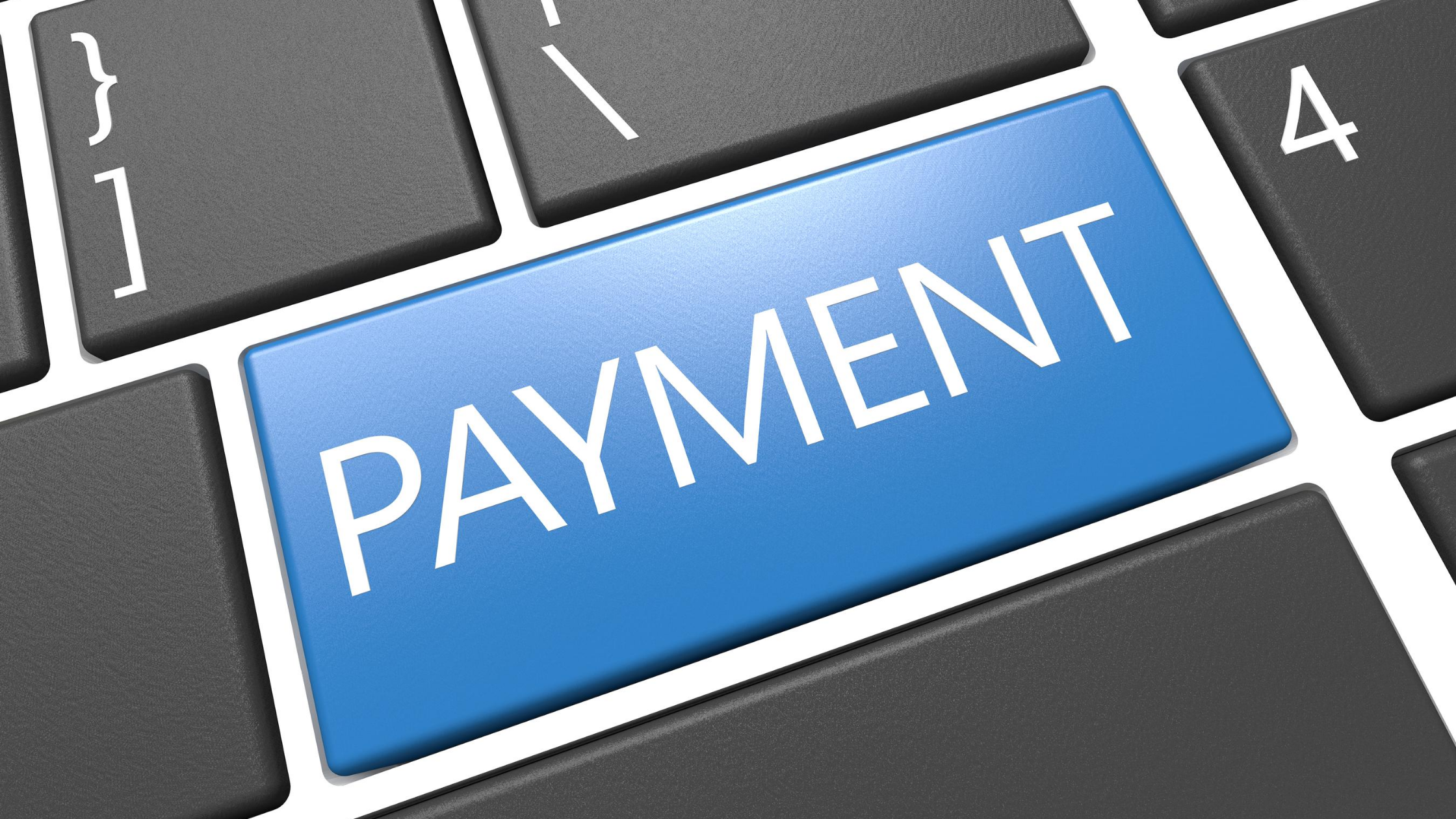The wagon wheel concept is a visual representation of how multiple accounting applications come together to form a unified, customized system. It involves decentralizing the modules of a typical accounting system to gain automation and efficiency from the technology advances. When we talk about the wagon wheel, the primary accounting software sits in the middle of the diagram. Around the spokes of the wheel are all the singular modules that solve a specific problem. The goal with this concept is to leverage the strength of each application to create the best possible accounting system.
Envision all the processes and items that need to be tracked for a business. Payroll, accounts payable, purchase requests, timesheets, credit cards, document storage, and project accounting are several examples of the many tasks that must be handled by the accounting team. Historically, accounting software was built as a one-size-fits-all solution to handle most of the items above. Organizations tried to fit their business accounting inside the box given by the software. It had many modules to cover the plethora of situations any potential customer could face, but not everyone needed all those features. Often the business had to come up with workarounds and fill in the gaps not met by the primary software.
Today, technology and artificial intelligence are rapidly changing the landscape of accounting and bookkeeping. Accounting applications are generally built to solve specific problems and they often solve them with excellence. No longer are these applications trying to be everything to everyone. Instead, these applications know what they do well and don’t pretend to be an all-in-one system. The generic online accounting softwares also don’t have all the features that a desktop application has. That is done on purpose as the goal of a cloud-based system is automation and flexibility. They are built with the goal of connecting to other applications.
Through integrations, these applications can share data between each other. A credit card charge may be entered in the credit card management system and it is “sync’d” to the primary accounting software. That means the expense is recorded in the other system with the click of a button, no double entry. The efficiencies and internal control are housed in the spokes of the wheel, but the primary accounting system remains the hub for all of your traditional financial data. All bills, expenses, sales invoices, bank reconciliations, and standard financial reports are recorded in the primary accounting software. It’s important to consider which integrations your software allows when selecting the system. Industry specific applications can come into play as well that are built for your business, but you’ll want to make sure it connects with other applications. Here are some examples of what tasks are handled by the “spokes” of the wheel:
- Payroll handles payroll processing, tax filings, and other HR compliance tasks
- The time tracking application records the hours worked of every employee
- A bill payment application automates the accounts payable process
- A customer payment platform speeds up the collection process by giving customers the option to pay electronically
- A project accounting application tracks the profitability of projects
- A credit card management application provides a workflow for review, storage, and data entry for every credit card receipt that hits a company credit card
- The document entry application is an online storage hub for every bill and retrieves information from the bill to prepare it for entry into the primary accounting software
Even if your primary accounting software doesn't have all the necessary integrations with other applications, it may still benefit you to still use those other apps. It might streamline a piece of the process even if there is no direct connection.
The implementation of the wagon wheel concept can transform your accounting system and prepare you for the future!
.png?width=755&name=Copy%20of%20enSYNC%20-%20Blog%20CTA%20-%20Nonprofit%20Accounting%20Software%20That%20Powers%20Your%20Mission%20(1).png)













